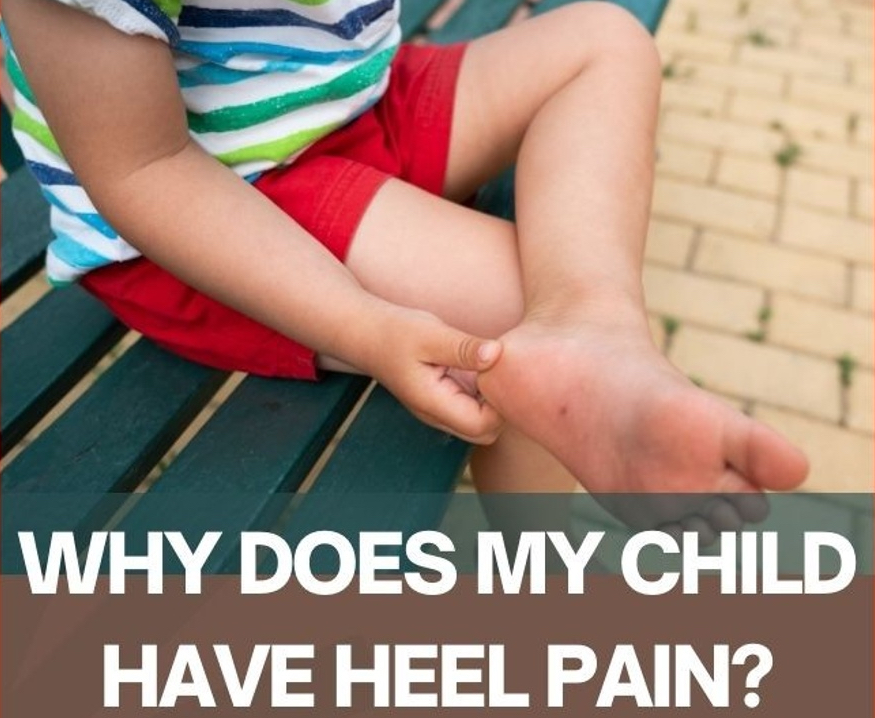What is a Sever’s Disease? Get to know more about it
Sever’s disease is the common name for calcaneal apophysitis. It is a common cause of heel pain, particularly in young and physically active people. Between the ages of 8 and 14 years the heel bone experiences a period of growth. It is an inflammation of the growth plate in the calcaneus (heel). This may lead to heel pain during or after physical activity.
Sever’s disease is caused by repetitive stress to the heel, and most often occurs during growth spurts, when bones, muscles, tendons, and other structures are changing rapidly. Children and adolescents who participate in athletics—especially running and jumping sports—are at an increased risk for this condition. However, less active adolescents may also experience this problem, especially if they wear very flat shoes.
Symptoms of Sever’s disease
A few signs and symptoms point to Sever’s disease, which may affect one or both heels. These include:
- heel pain during physical exercise, especially activities that require running or jumping
- worsening of pain after exercise
- limping – often in the morning, or during or after sport
- a tendency to tiptoe
How can you prevent Sever’s disease?
It may not be possible to prevent Sever’s disease, especially in very active children. To reduce the risk of your child developing the condition, you can help your child:
- Maintain a healthy weight: Children who are overweight or have obesity are more likely to have Sever’s disease. Encourage your child to eat healthy foods and stay active to keep their weight in the normal range.
- Rest: Tell your child to take a break from activities if pain or swelling occurs. Children who give their bodies time to heal between activities have a lower risk of developing Sever’s disease.
- Choose the right shoes: Children should wear supportive footwear that is appropriate for the sport or activity. Cleats can make symptoms worse because they put more pressure on the heel.
- Vary activities: If your child participates in a lot of high-impact sports that involve running and jumping, mix in some low-impact activities. Swimming and bike riding will keep your child active while reducing stress on the heel bone.
Are you suffering from this condition or other foot problems? At The Chelsea Clinic, we offer bunion treatment. One of our podiatrist can assist and then recommend what nonsurgical treatments are best to get you back on track. ✅
Schedule an appointment here or you may call us at 44 (0) 207 101 4000. 📞
We hope you have a briheelliant day! 👣☀️
-The Chelsea Clinic and Team
Read our article about sinus tarsi injury here https://www.thechelseaclinic.uk/sinus-tarsi-injury-👀/




